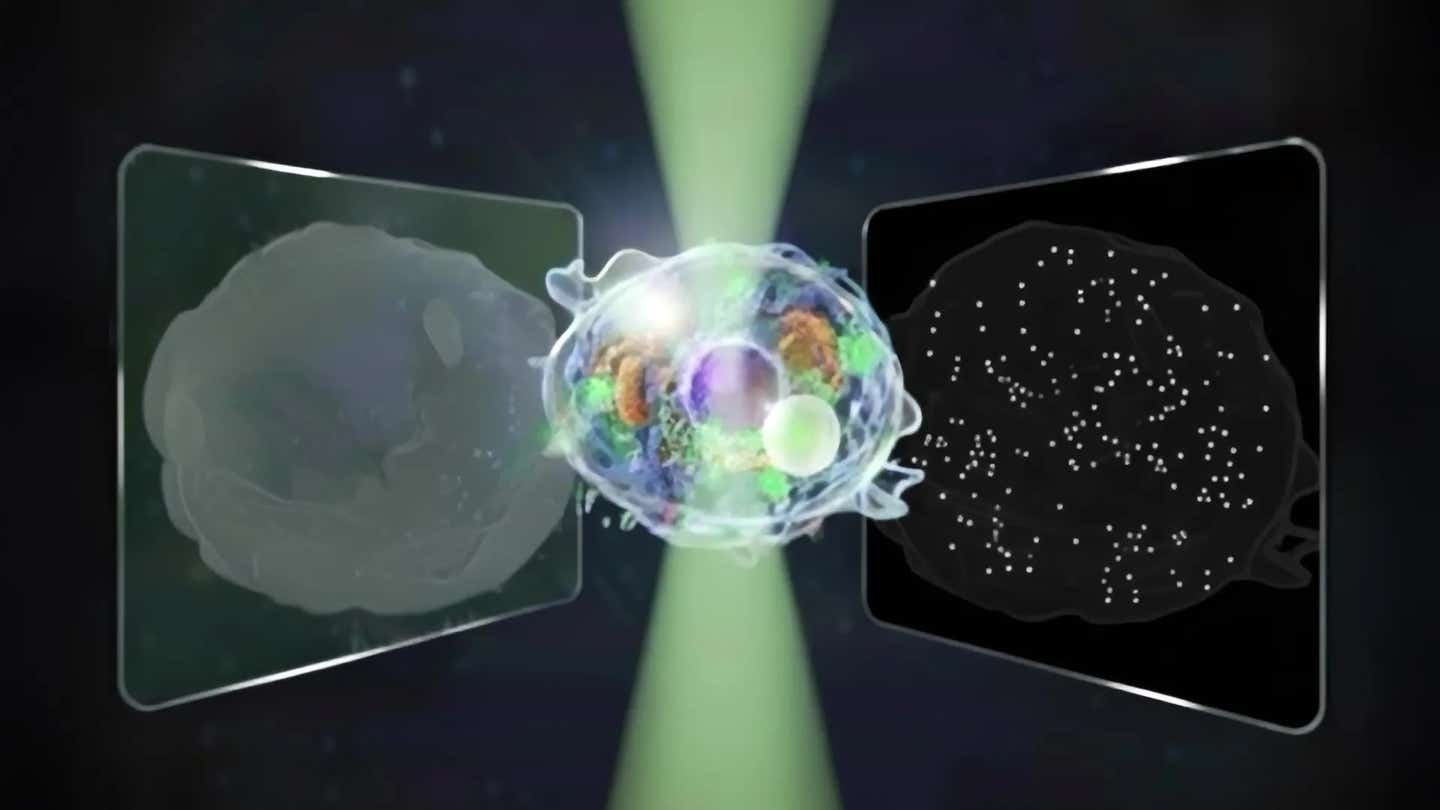Revolutionary smart windows offer real-time control over light, heat and glare
New smart windows control heat and glare using reversible electrochromic mirror tech, cutting building energy use and boosting comfort.

A breakthrough smart window technology lets buildings control light and heat while protecting pedestrians from glare. (CREDIT: CC BY-SA 4.0)
As cities grow and energy use climbs, the need for smarter buildings becomes urgent. Nearly half of a building’s energy goes toward heating or cooling. A big part of that heat comes through windows, especially from invisible near-infrared (NIR) light. Traditional glass does little to stop this heat, making indoor spaces too hot and forcing air conditioners to work harder. In response, scientists are developing advanced window technologies that block heat without blocking natural light.
Now, a new smart window design offers real-time control over both light and heat. This system, called a reversible electrodeposition and electrochromic mirror (RECM), adjusts its transparency using small amounts of electricity. Unlike older systems, RECM also solves a major urban problem: glare from reflective building windows that makes life uncomfortable for people walking by.
Next-Gen Window Adapts to Your Needs
The RECM system was created by Professor Hong Chul Moon and his team at KAIST’s Department of Chemical and Biomolecular Engineering. It combines two key technologies—electrodeposition and electrochromism—into a single, flexible layer. This allows the window to switch between three modes, each triggered by a simple voltage change.
In the first mode, the window remains fully transparent, acting like regular glass. This setting is ideal during winter, when sunlight is welcome for both light and warmth. In the second mode, the glass turns a rich blue. This happens when materials like Prussian Blue and a radical molecule called DHV+• form through a redox reaction. In this state, the window blocks visible light and filters some heat, giving privacy and better indoor comfort.
The third mode is the most advanced. Here, silver ions coat the inside of the window, forming a reflective mirror that blocks both visible and NIR light. At the same time, the colored electrochromic layer absorbs any reflected light. This feature eliminates glare, which is often a serious issue in urban buildings with mirrored windows.
What sets RECM apart is its ability to offer real-time, user-controlled adjustments. It doesn’t rely on outdoor temperature or light levels to shift its settings. You can change it based on the season, the time of day, or your own comfort needs—making it a truly active smart window.
Related Stories
Fighting Heat with Voltage-Driven Technology
To show how effective their design is, the research team tested the RECM in a small model house. With regular glass, indoor temperatures soared to nearly 59°C within 45 minutes under direct sunlight. When RECM was set to Mode III, the final temperature held steady at just 31.5°C. That’s a drop of 27.2°C—a huge difference that proves the system can dramatically lower cooling demands.
This kind of result matters. According to global data, buildings are responsible for about 40% of energy use worldwide. Much of that energy is wasted due to poor insulation and unregulated heat flow. By using windows that block heat before it enters, cities can cut down their energy use and carbon footprint.
Earlier technologies like thermochromic and photochromic windows depend on the environment to change their state. That means they can’t always react the way you need them to. In contrast, RECM responds instantly to electrical signals. This gives full control to building managers, architects, or homeowners.
Antiglare Design for City Living
One major downside of earlier mirrored smart windows was the harsh glare they created for pedestrians. These reflections can cause eye strain, especially when sunlight hits a mirrored skyscraper just right. Traditional silver-coated windows reflect a wide range of light wavelengths, which increases indoor comfort but makes sidewalks nearly unwalkable.
Professor Moon’s team tackled this issue by adding complementary electrochromic materials to absorb the reflected light. Prussian Blue and DHV+• absorb parts of the visible spectrum, keeping the light from bouncing back onto streets or nearby buildings. That makes RECM not only energy-efficient but also people-friendly.
The device works by using a process called electrodeposition. Silver ions (Ag⁺) are reduced and deposited as solid silver on the electrode surface inside the window. This reflective layer is what helps block out both light and heat. When the voltage is reversed, the silver dissolves again, restoring transparency.
This back-and-forth process allows the window to switch between modes as often as needed, without degrading the materials. It’s also energy-efficient, since maintaining a particular mode doesn’t require constant power.
More Than Just a Window
RECM technology isn’t limited to office towers or homes. Its flexibility and efficiency make it suitable for many uses, from trains and buses to greenhouses and retail stores. Anywhere you need control over light and heat, this window can adapt.
The system’s smart features go far beyond just shading. They support the broader push toward sustainable cities, helping to cut energy use, reduce emissions, and improve the quality of life for residents. The RECM device also operates at low voltage, which means it works well with existing solar panels and other green technologies.
Because the electrochromic materials offer a wide color range and require very little energy to change states, the RECM system has major advantages over other platforms like polymer-dispersed liquid crystals or suspended particle devices. It’s more efficient, more customizable, and more scalable.
According to Professor Moon, “This research goes beyond existing smart window technologies limited to visible light control, presenting a truly smart window platform that comprehensively considers not only active indoor thermal control but also the visual safety of pedestrians.” He added that the technology has the potential to change the face of buildings, vehicles, and public transit around the world.
The team’s work was published in ACS Energy Letters. The co-authors listed on the paper are Hoy Jung Jo, Yeon Jae Jang, Hyeon-Don Kim, Kwang-Seop Kim, and Hong Chul Moon.
As cities aim to become greener and smarter, technologies like RECM offer a clear path forward. By tackling both indoor comfort and outdoor impact, this smart window could reshape how we think about architecture in the age of climate change.
Note: The article above provided above by The Brighter Side of News.
Like these kind of feel good stories? Get The Brighter Side of News' newsletter.



